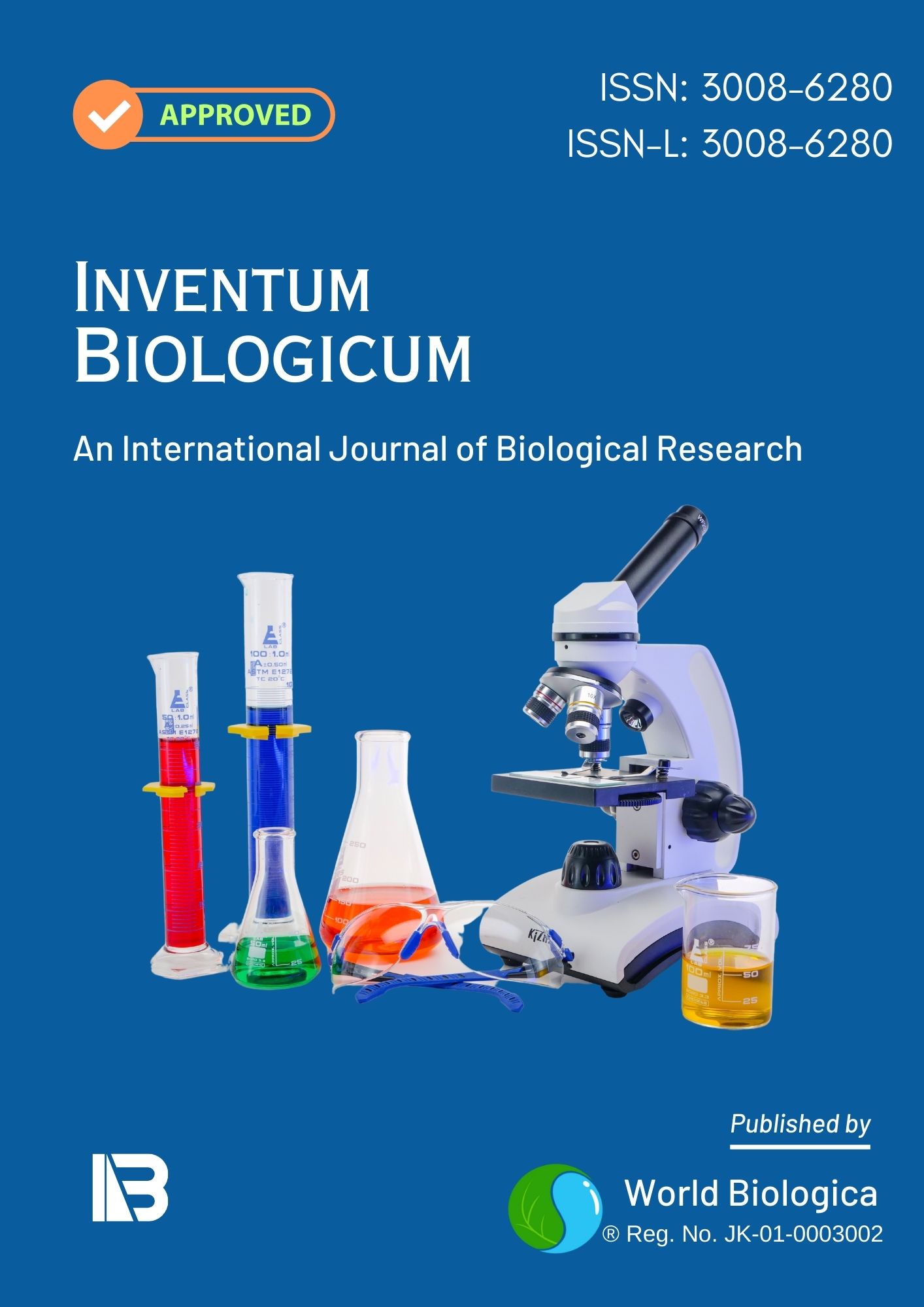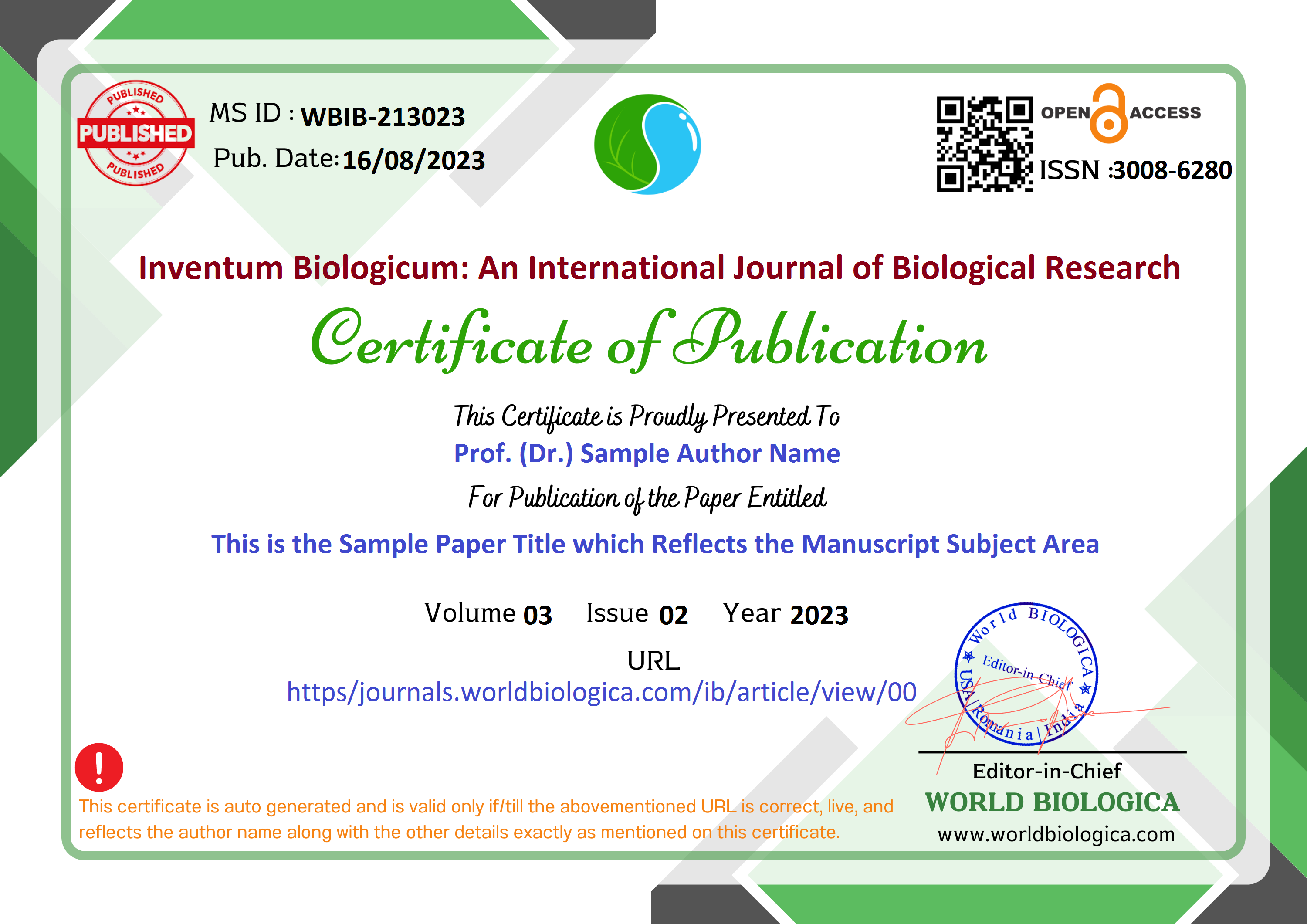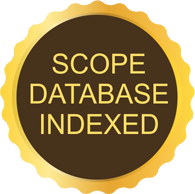Phytotherapeutic Potential of Traditional Medicinal Plants
A Comprehensive Review
Keywords:
Pharmacology, Phytochemistry, DrugAbstract
Nature has given us access to a vast array of treatments for all human ailments. Many of the contemporary medications used in therapeutic settings come from natural sources. Many people in poor nations place a great deal of trust in herbal folk medicines as primary medical treatments. As a result, the value of these herbal remedies is rising in an arithmetic progression, but it is constrained because only a small number of the plant's elements have the ability to counter toxicities like mutagenic, carcinogenic, and teratogenic effects, among others. About 80% of the world's population relies mostly on traditional medicines for their primary healthcare, making traditional plant-based medicinal systems crucial to health care. This study attempts to present a thorough analysis of the scientific literature on the therapeutic use of conventional medicinal herbs. In order to better understand the pharmacological characteristics of these plants and to make new discoveries in the drug development process, researchers may find this overview to be useful.
Downloads
References
Al-Snafi, A.E., 2016. Medicinal plants with anticancer effects (part 2)-plant based review. Sch Acad J Pharm, 5(5), pp.175-193.
Patwardhan, B., Vaidya, A.D. and Chorghade, M., 2004. Ayurveda and natural products drug discovery. Current science, pp.789-799.
Mallavadhani, U.V. and Sahu, G., 2003. Pterostilbene: A Highly Reliable Quality-Control Marker for the Ayurvedic Antidiabetic Plant Bijasar'. Chromatographia, 58(5), pp.307-312.
Prasad, r.s. and ray, m.,2015, study on conservation, mass multiplication and propagation through shoot cutting of gymnema sylvestre. Annals of plant and soil research, p.462.
UNESCO Report,1996
Hoareau, L. and DaSilva, E.J., 1999. Medicinal plants: a re-emerging health aid. Electronic Journal of biotechnology, 2(2), pp.3-4.
Kala C.P., 2005. Current status of medicinal plants used by traditional Vaidyas in Uttaranchal state of India
Cowan, M.M., 1999. Plant products as antimicrobial agents. Clinical microbiology reviews, 12(4), pp.564-582.
Campbell, J.N. and Rooney, S.M., 2018. Part One: Alkaloid Heterotopias. In A Time-Release History of the Opioid Epidemic (pp. 9-58). Springer, Cham
Srivastava, A.K., 2018. Significance of medicinal plants in human life. In Synthesis of Medicinal Agents from Plants (pp. 1-24).
WHO 1997, monographs on medicinal plants
Nascimento, G.G., Locatelli, J., Freitas, P.C. and Silva, G.L., 2000. Antibacterial activity of plant extracts and phytochemicals on antibiotic-resistant bacteria. Brazil-ian journal of microbiology, 31(4), pp.247-256.
WHO 2001, Report on medicinal plants
Kala, C.P., Dhyani, P.P. and Sajwan, B.S., 2006. Developing the medicinal plants sector in northern India: challenges and opportunities. Journal of Ethnobiology and Ethnomedicine, 2(1), p.32
Anubha, C., Sandeep, G. and Mohan lal, J., 2017. Pharmacognostical Evaluation of Rhizome of Zhngiber officinale Rosc. European Journal of Pharmaceutical and Medical Research, 4, pp. 324-328.
Taviad, K. and Vekariya, S., 2018. The Scope of Pharmacognosy Today &Tomorrow. International Journal of Pharmacognosy and Chinese Medicine, 2(1),pp. 1-2.
Dhami, N., 2013. Trends in Pharmacognosy: A modern science of natural medicines. Journal of herbal medicine, 3(4), pp.123-131
Kazemi, M., Eshraghi, A., Yegdaneh, A. and Ghannadi, A., 2012. “Clinical pharmacognosy”-A new interesting era of pharmacy in the third millennium. DARU Journal of Pharmaceutical Sciences, 20 (18), pp. 1-3
Bruhn, J.G. and Bohlin, L., 1997. Molecular pharmacy-ognosy: an explanatory model. Drug discovery today, 6(2), pp.243-246
Sen, S. and Chakraborty, R., 2017. Revival, moderniz-ation and integration of Indian traditional herbal medicine in clinical practice: Importance, challenges and future. Journal of traditional and complementary medicine, 7(2), pp.234-244.
Fennell, C. W., Lindsey, K. L., Mc Gaw, L. J., Sparg, S. G., Stafford, I., Elgorashi, E. E., Grace, O. M., Van, S. J. (2004). Assessing African medicinal plants for efficacy and safety: pharmacological screening and toxicology. J. Ethnopharmacol. 94(2-3):205-17.
Tene, V., Malagon, O., Finzi, P.V., Vidari, G., Armijos, C. and Zaragoza, T., 2007. An ethno botanical survey of medicinal plants used in Loja and Zamora-Chinchipe, Ecuador. Journal of ethno pharmacology, 111(1), pp.63-81.
Kamboj, V.P., 2000. Herbal medicine. Current science, 78(1), pp.35-39.
Korhalkar Anagha, Deshpande Manasi, Lele Priya, Modak Meera, (2012), Global J Res. Med. Plants & Indigen. Med. 1, (12): pp 687–693.
Sandberg, F., Perera-Ivarsson, P. and El-Seedi, H.R., 2005. A Swedish collection of medicinal plants from Cameroon. Journal of Ethnopharmacology, 102(3), pp. 336-343.
Schulz, V., Hänsel, R. and Tyler, V.E., 2001. Rational phytotherapy: a physician's guide to herbal medicine. Psychology Press.
Alam, M.K., 1992. Medical ethnobotany of the Marma tribe of Bangladesh. Economic Botany, pp.330-335.
Sule, W.F., Okonko, I.O., Joseph, T.A., Ojezele, M.O., Nwanze, J.C., Alli, J.A. and Adewale, O.G., 2010. In vitro antifungal activity of Senna alata Linn. crude leaf extract. Research journal of biological sciences, 5(3), pp.275-284.
Owoyale, J.A., Olatunji, G.A. and Oguntoye, S.O., 2005. Antifungal and antibacterial activities of an alcoholic extract of Senna alata leaves. Journal of Applied Sciences and Environmental Management, 9(3), pp.105-107.
Balick, M.J., Kronenberg, F., Ososki, A.L., Reiff, M., Fugh-Berman, A., Roble, M., Lohr, P. and Atha, D., 2000. Medicinal plants used by Latino healers for women’s health conditions in New York City. Economic botany, 54(3), pp.344-357.
Hoitsma, A.J., Wetzels, J.F. and Koene, R.A., 1991. Drug-induced nephrotoxicity. Drug safety, 6(2), pp.131-147.
Paller MS, 1990, “Drug induced nephropathies”, Med Clin.
Gaikwad, K., Dagle, P., Choughule, P., Joshi, Y.M. and Kadam, V., 2012. A review on some nephroprotective medicinal plants. International journal of pharma-ceutical sciences and research, 3(8), p.2451.
Kumar, S.V., Sanjeev, T., Ajay, S., Kumar, S.P. and Anil, S., 2012. A review on hepato protective activity of medicinal plants. International Journal of Advanced Research in Pharmaceutical & Bio sciences, 1(2), pp.31-39.
Saklani, A., Kutty, S.K., 2008. Plant-derived compounds in clinical trials. Drug Discovery today 13, 161–171
Cragg, G.M., Boyd, M.R., Khanna, R., Newman, D.J. and Sausville, E.A., 1999. Natural product drug discovery and development. Phytochemicals in Human Health Protection, Nutrition, and Plant Defense, pp.1-29.
Sahayaraj, P.A., Gowri, J., Dharmalingam, V., Shobana, R. and Prema, A.A., 2015. Phytochemical screening by FTIR spectroscopic analysis of leaf and stem extracts of Wedelia biflora. Int J Nano Corros Sci Eng, 2(5), pp.322-334
Lambertini E, Piva R, Khan MT, Lampronti I, Bianchi N, Borgatti M, et al. Effect of extracts from Bangladeshi medicinal plants on in vitro proliferation of human breast cancer cell lines and expression of estrogen receptor alpha gene. Int J Oncol 2004;24:419.
Siddiqui, B.S., Ali, S.T., Rizwani, G.H., Begum, S., Tauseef, S. and Ahmad, A., 2012. Antimicrobial activity of the methanolic bark extract of Holarrhena pubescens (Buch. Ham), its fractions and the pure compound conessine. Natural product research, 26(11), pp.987-992.
Downloads
-
Download PDF
 Abstract Views: 169,
Abstract Views: 169,  Download PDF: 86
Download PDF: 86
Published
How to Cite
Issue
Section
License
Copyright (c) 2024 Inventum Biologicum: An International Journal of Biological Research

This work is licensed under a Creative Commons Attribution-NonCommercial-NoDerivatives 4.0 International License.


















